
The cryptocurrency landscape is rapidly evolving, and the emergence of USDT-native blockchains like Stablechain is fundamentally reshaping how users interact with digital assets. By leveraging stablecoins as the backbone of their infrastructure, these new Layer 1 platforms are streamlining the process of moving between fiat and crypto, making on/off-ramp experiences markedly more efficient, secure, and predictable. The recent launch of Stablechain in July 2025 underscores a pivotal shift in the industry: a move away from volatile, general-purpose blockchains toward specialized environments optimized for stablecoin settlement and payments.

USDT-Native Blockchains: A New Paradigm for On/Off-Ramps
Traditional on/off-ramp solutions have long been burdened by the volatility of native blockchain tokens and unpredictable network fees. In contrast, USDT-native blockchains like Stablechain eliminate this friction by making USDT itself the native asset for both transaction fees and settlements. Users no longer need to acquire or manage secondary tokens simply to pay gas fees. This approach delivers a higher degree of predictability and transparency, two attributes critical for both retail users and enterprises seeking to integrate stablecoin payments into their operations.
Stablechain’s architecture goes a step further by introducing gas-free transactions through USDT0, a LayerZero-enabled version of the token. Peer-to-peer transfers can occur without network fees, making microtransactions and high-frequency payments feasible at scale. This innovation directly addresses longstanding pain points in stablecoin utilization, particularly for merchants and platforms requiring high-throughput, low-cost payment rails.
Enhancing Efficiency and Scalability for Modern Finance
One of the most significant advantages of USDT-native blockchains is their focus on transaction speed and scalability. Stablechain, for instance, is engineered with the StableBFT consensus mechanism, an advanced implementation of CometBFT tailored for stablecoin operations. The platform targets sub-second finality and up to 10,000 transactions per second (TPS), enabling it to meet the demands of enterprise-scale clearing and settlement.
This level of performance is vital for global payment networks, B2B settlements, and cross-border remittances, where delays and high transaction costs have historically hindered adoption. By offering instant stablecoin settlement and predictable costs, Stablechain and its peers are positioning themselves as foundational infrastructure for the next generation of digital finance.
Key Benefits of USDT-Native Blockchains for On/Off-Ramps
-
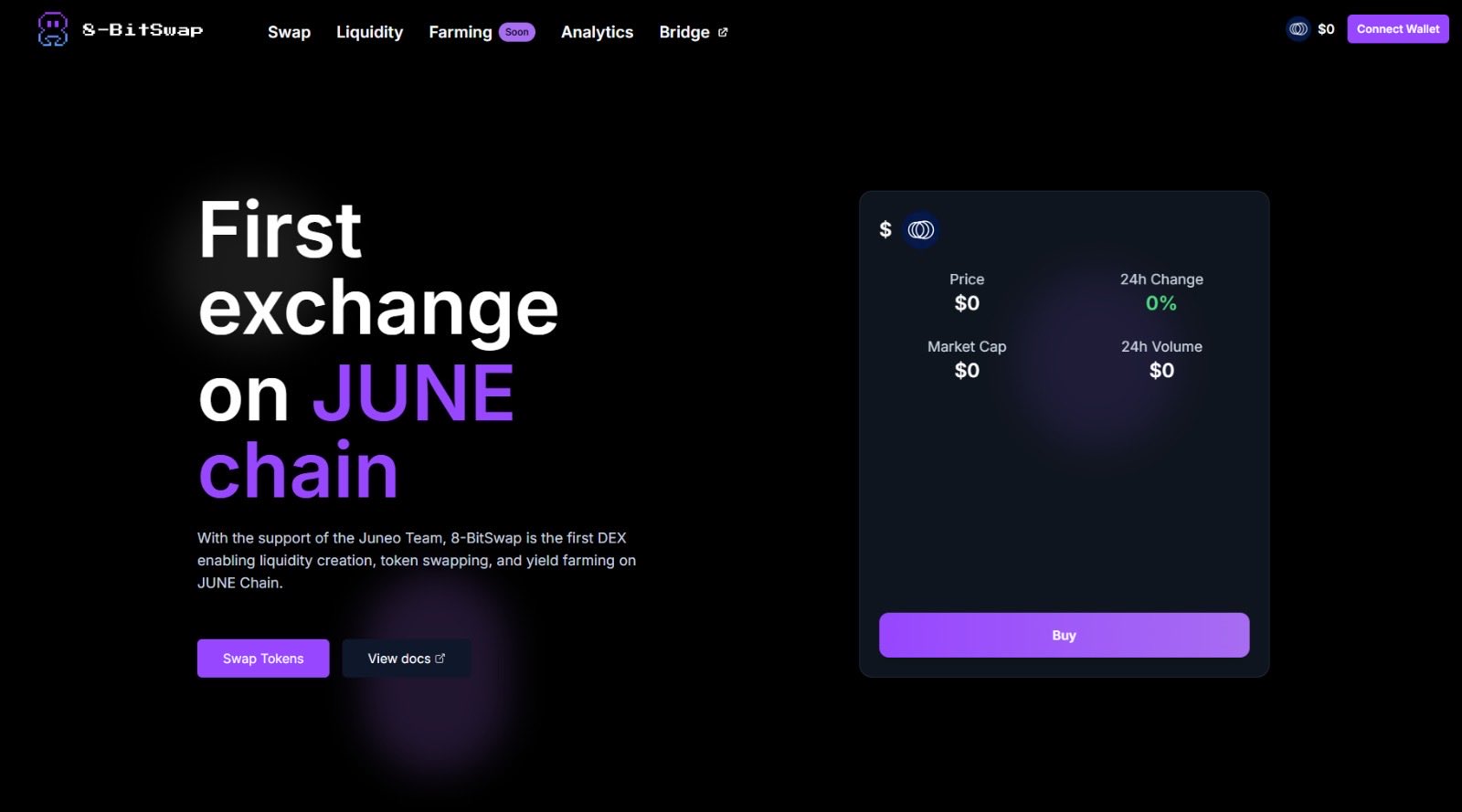
Elimination of Volatile Gas Fees: USDT-native blockchains like Stablechain use USDT as the native gas token, allowing users to pay transaction fees directly in USDT. This removes the need to hold or convert into volatile cryptocurrencies for network fees, resulting in predictable and stable transaction costs.
-

Faster and More Predictable Settlements: Platforms such as Stablechain are engineered for sub-second finality and high throughput, enabling rapid transaction settlements. This efficiency is crucial for on/off-ramps, as it reduces waiting times and enhances user experience.
-

Lower Transaction Costs and Gas-Free Options: Stablechain introduces USDT0, a LayerZero-enabled token that allows gas-free peer-to-peer transactions. This innovation further reduces costs for users moving funds on and off crypto platforms.
-
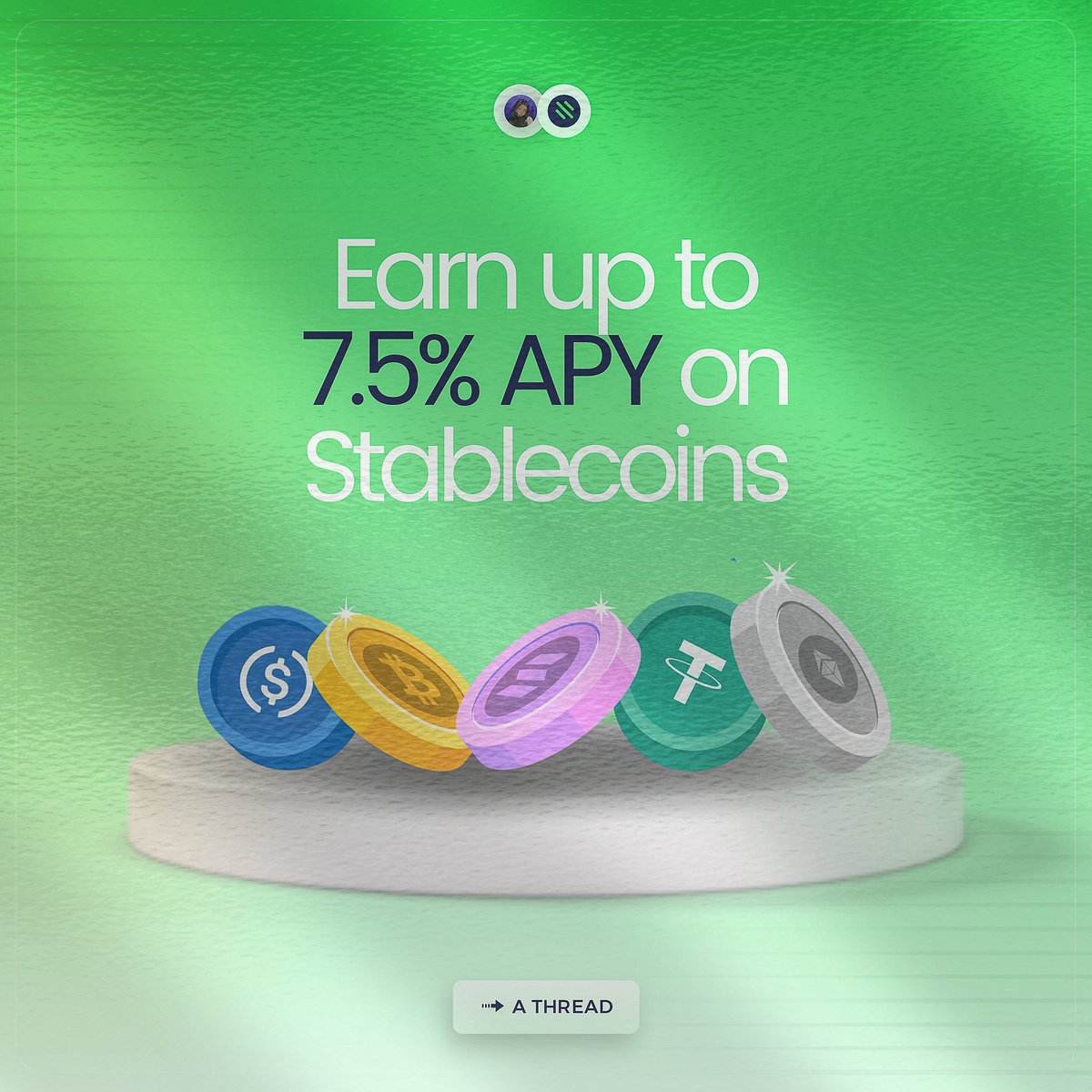
Enhanced Security and Scalability: With mechanisms like StableBFT, an improved consensus protocol, USDT-native blockchains achieve high levels of security and can handle up to 10,000 transactions per second, supporting enterprise-grade payment flows and large-scale on/off-ramp operations.
-
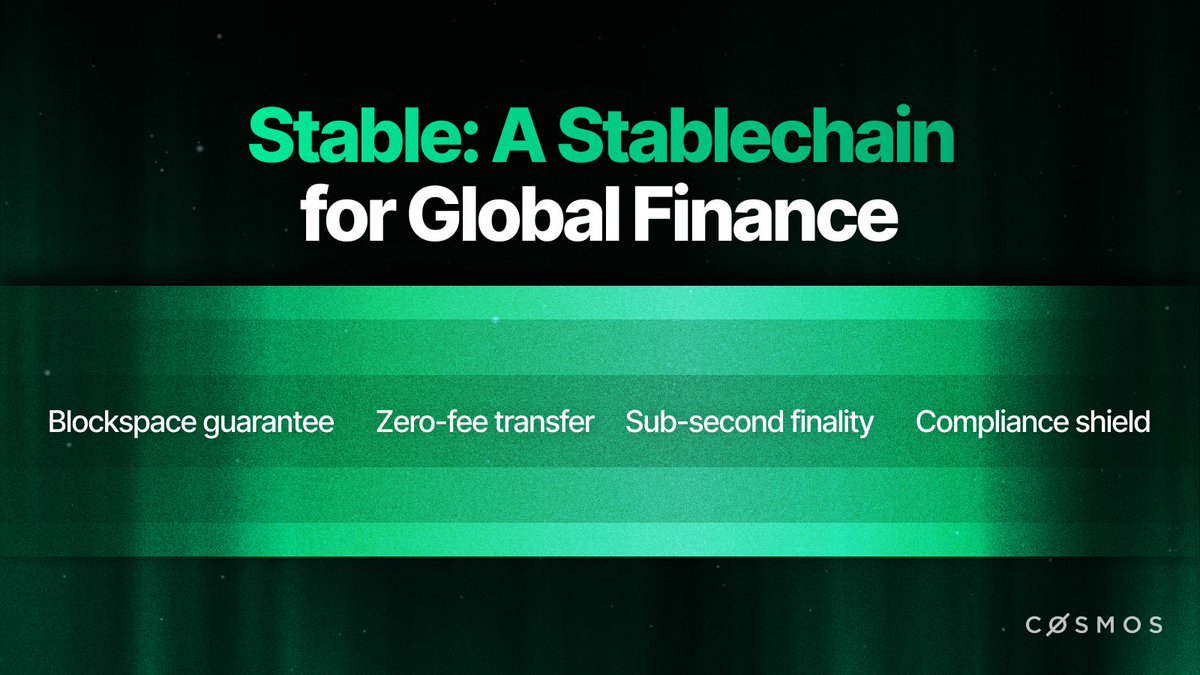
Streamlined User Experience for Merchants and Consumers: By focusing on stablecoin-centric infrastructure, these blockchains offer merchants and users predictable pricing, swift settlements, and seamless integration with existing payment systems, promoting wider adoption of digital assets in everyday commerce.
-
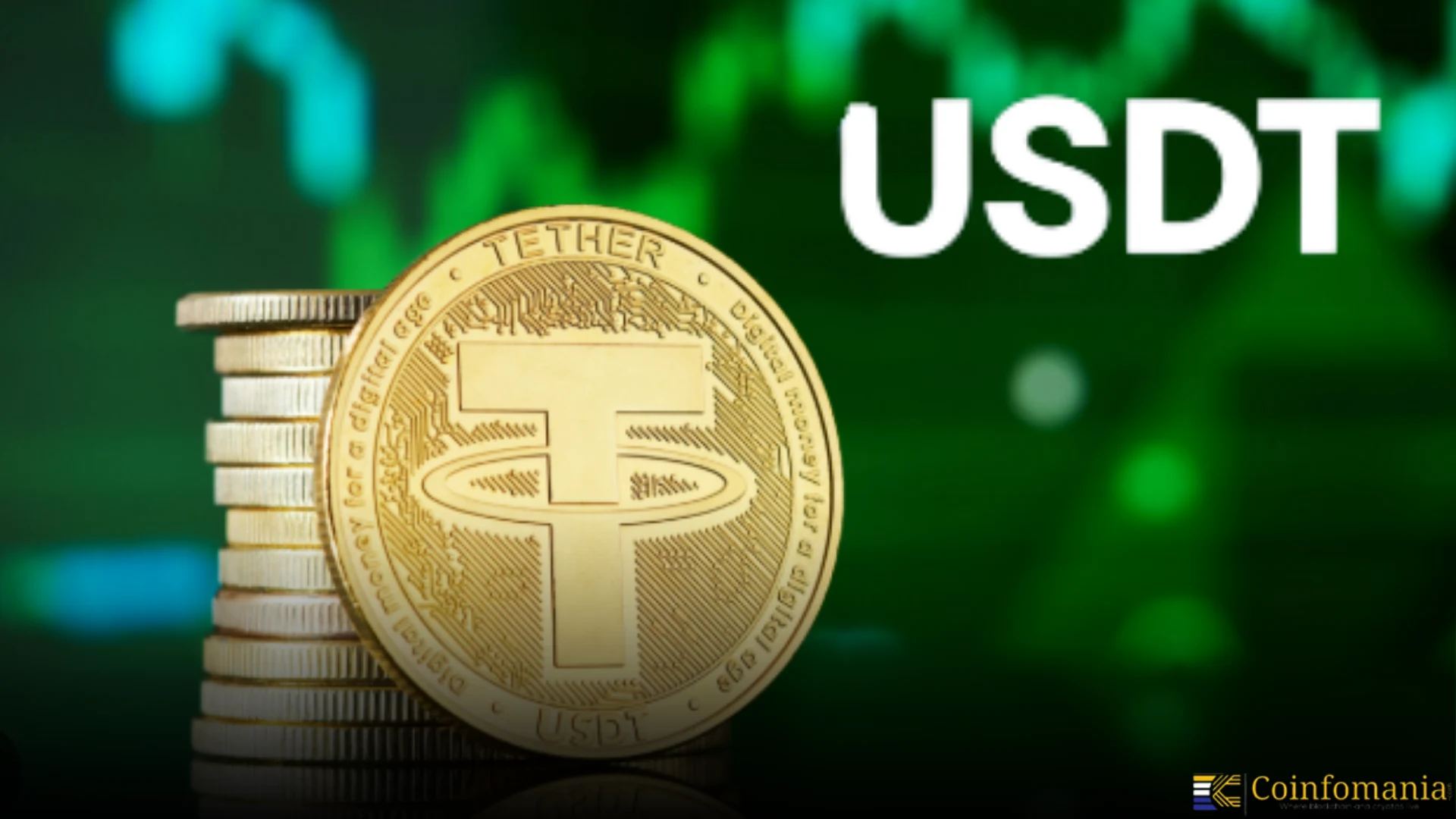
Alignment with Industry Trends and User Demand: Tether’s recent decision to discontinue USDT support on five legacy blockchains and focus on scalable networks like Stablechain demonstrates a shift towards more efficient and user-friendly platforms for stablecoin transactions and on/off-ramp services.
Strategic Realignment: Tether’s Shift Toward Next-Gen Networks
The strategic decisions made by Tether further validate the growing importance of specialized stablecoin infrastructure. In July 2025, Tether announced the discontinuation of USDT support on five legacy blockchains: Omni Layer, Bitcoin Cash SLP, Algorand, Kusama, and EOS. This move reflects a deliberate focus on platforms that deliver enhanced performance, security, and user experience. For users and businesses relying on stablecoin onramps and offramps, this shift signals a consolidation of liquidity and resources onto robust, scalable networks like Stablechain.
This trend is mirrored across the broader fintech sector, with companies such as Circle, Ripple, and BVNK building global stablecoin payment networks designed for real-time, cross-border transactions. The result is an increasingly interoperable ecosystem where stablecoins serve as the primary medium for both on-chain and off-chain financial flows.
As adoption accelerates, the integration of USDT-centric Layer 1s into mainstream financial infrastructure is poised to reduce barriers for both individuals and enterprises. The focus on speed, security, and minimal friction aligns with the demands of modern commerce and positions stablecoins as a critical bridge between traditional finance and the digital asset economy.
Market participants are already witnessing the tangible effects of this evolution. Stablecoin onramps and offramps, once hampered by inconsistent fees and settlement delays, now benefit from the predictable pricing and reliability that USDT-native blockchains deliver. Merchants gain the ability to accept payments in a globally recognized digital dollar, while consumers enjoy faster access to their funds with reduced conversion overhead. These efficiencies are not merely incremental improvements; they address systemic bottlenecks that have historically limited the practical use of stablecoins in day-to-day transactions.
The broader implications for cross-chain stablecoin liquidity are also profound. As Tether reallocates resources to high-performance blockchains, liquidity pools deepen on these platforms, enhancing the ease with which users can move value across different networks. This consolidation supports a virtuous cycle: greater liquidity attracts more users, which in turn incentivizes further infrastructure investment. For privacy-focused users and institutions alike, these developments offer a more resilient and scalable foundation for both private crypto onramps and instant stablecoin settlement.
Practical Use Cases and User Experience
From a user perspective, the transition to USDT-native Layer 1s like Stablechain is transformative. No longer must one navigate the complexities of holding multiple assets to cover gas fees or worry about fluctuating transaction costs during periods of network congestion. Instead, all payments and settlements occur in USDT, streamlining both the technical and financial aspects of digital asset management. This is particularly advantageous for businesses integrating stablecoin payments at checkout or for platforms offering seamless deposit and withdrawal options to their users.
Real-World Scenarios Simplified by USDT-Native Blockchains
-
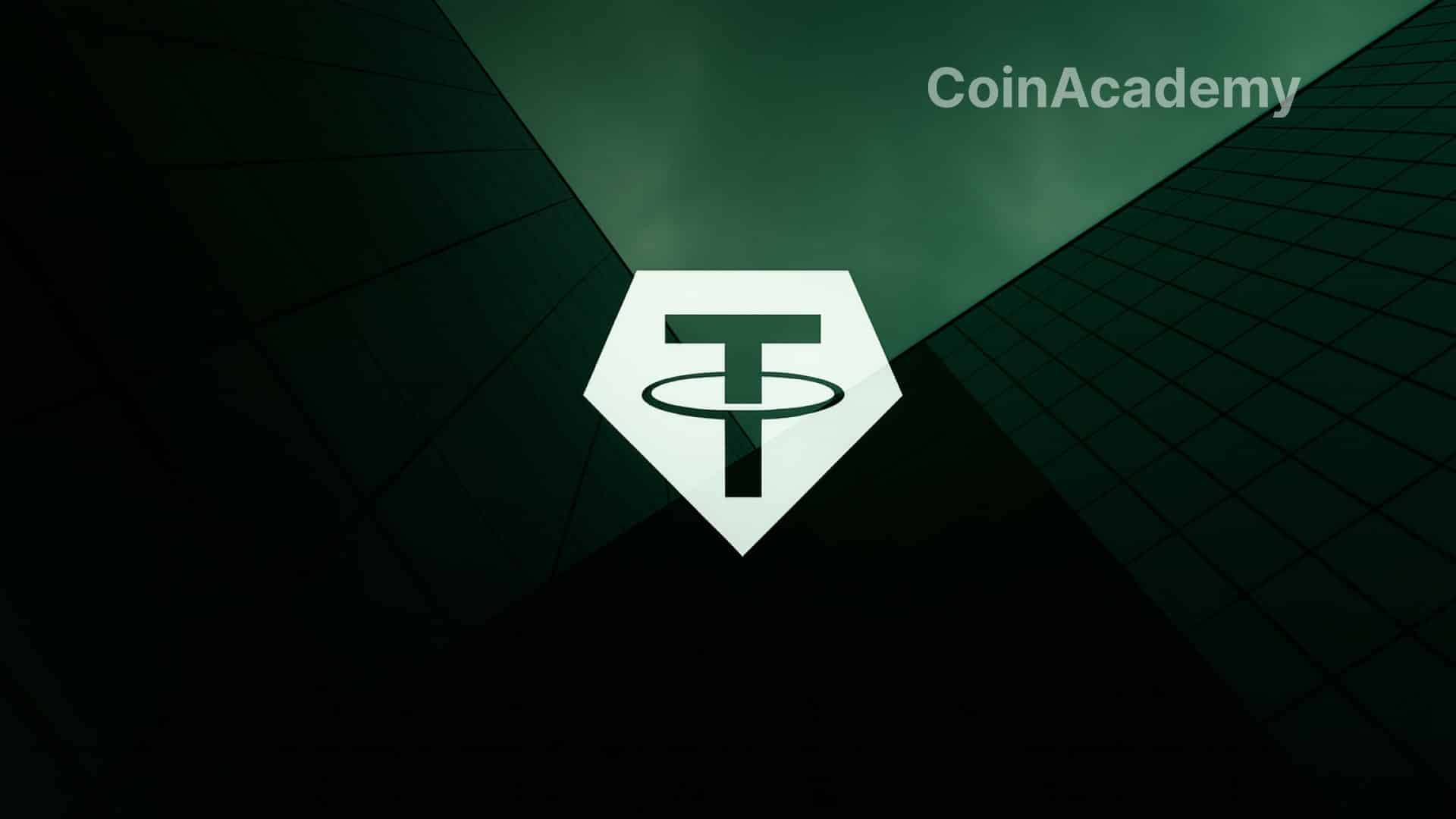
Instant Merchant Settlement: Merchants can receive USDT payments on Stablechain with sub-second finality, eliminating delays and unpredictable fees. This enables real-time settlement of sales, reducing reliance on intermediaries and minimizing exposure to crypto price volatility.
-
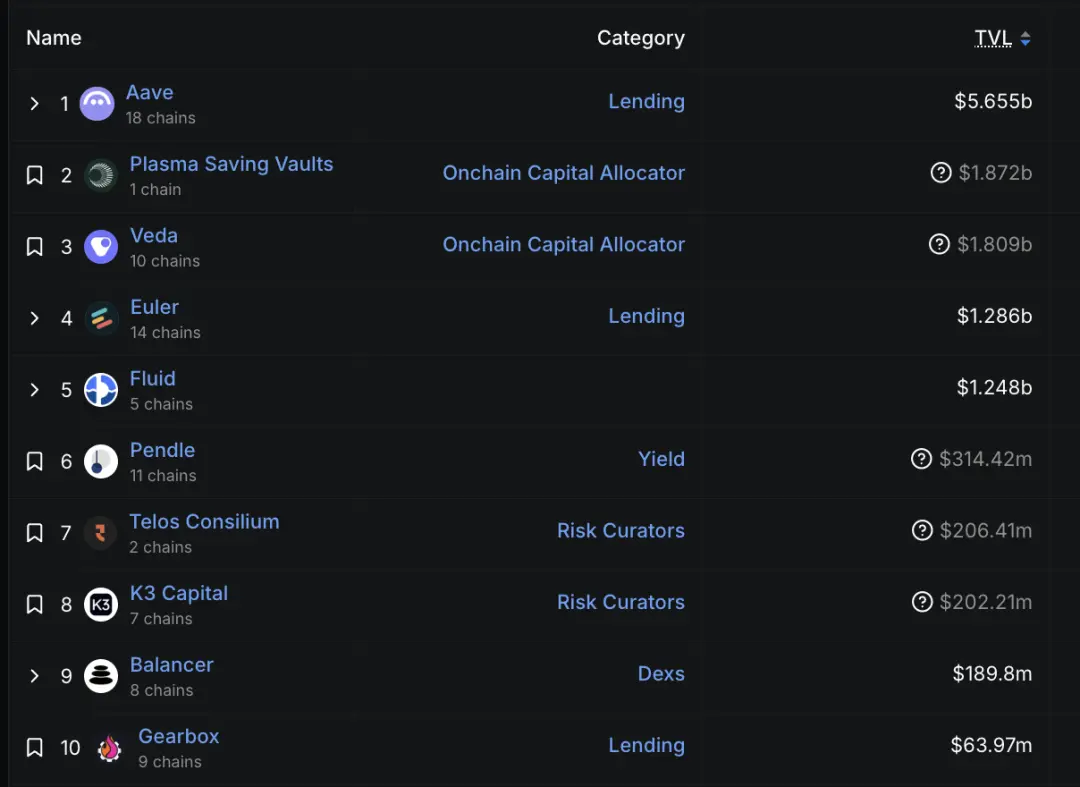
Seamless Peer-to-Peer Transfers: Individuals can send USDT directly to friends or family using Stablechain’s USDT0 gas-free transfers, ensuring the full amount is received without network fee deductions, which is particularly advantageous for remittances and micro-payments.
-
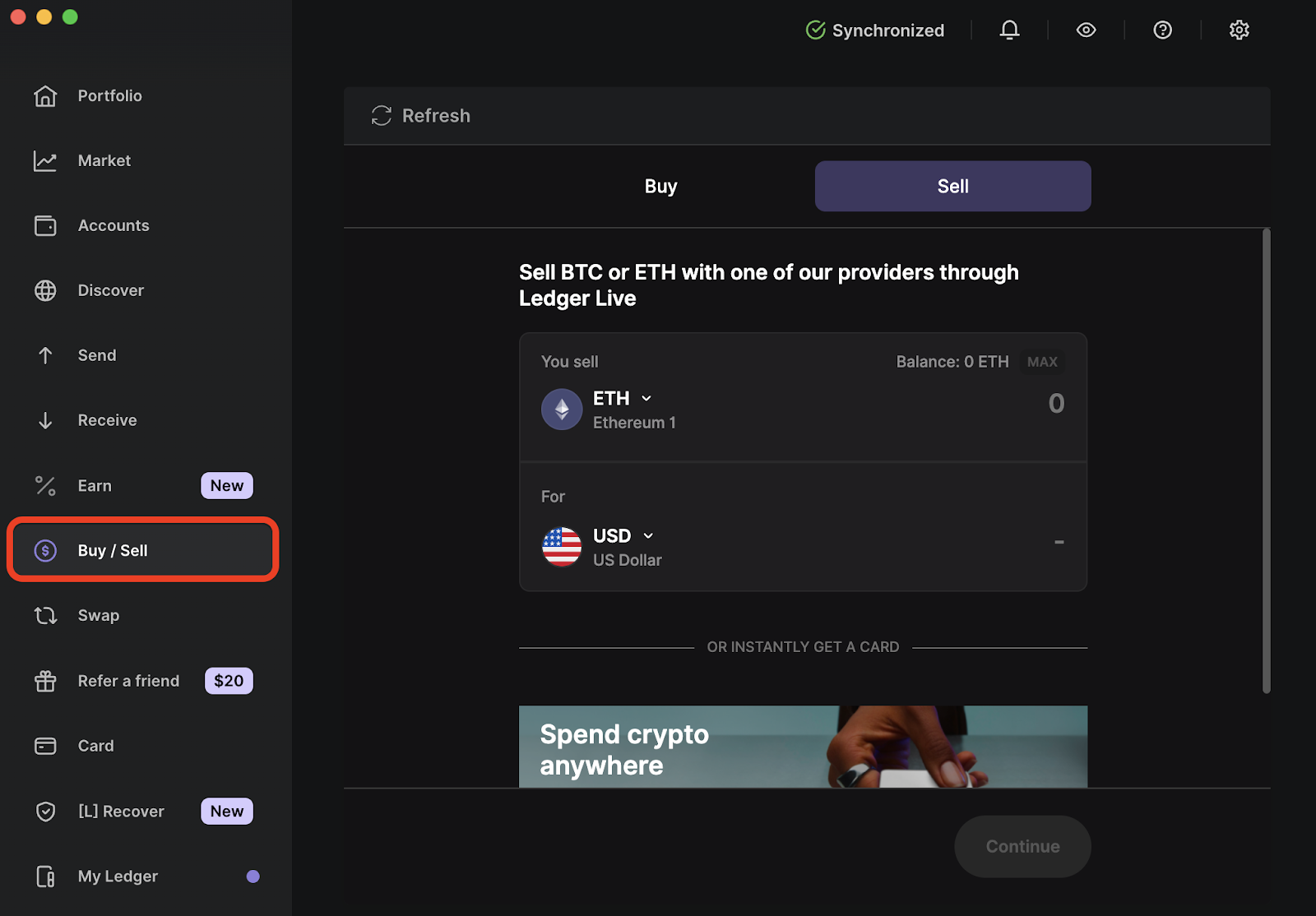
Efficient Fiat On-Ramp via Regulated Providers: Platforms like Transak now integrate with USDT-native blockchains, allowing users to purchase USDT with fiat and have it delivered directly to their Stablechain wallet, streamlining the onboarding process for new crypto users.
-
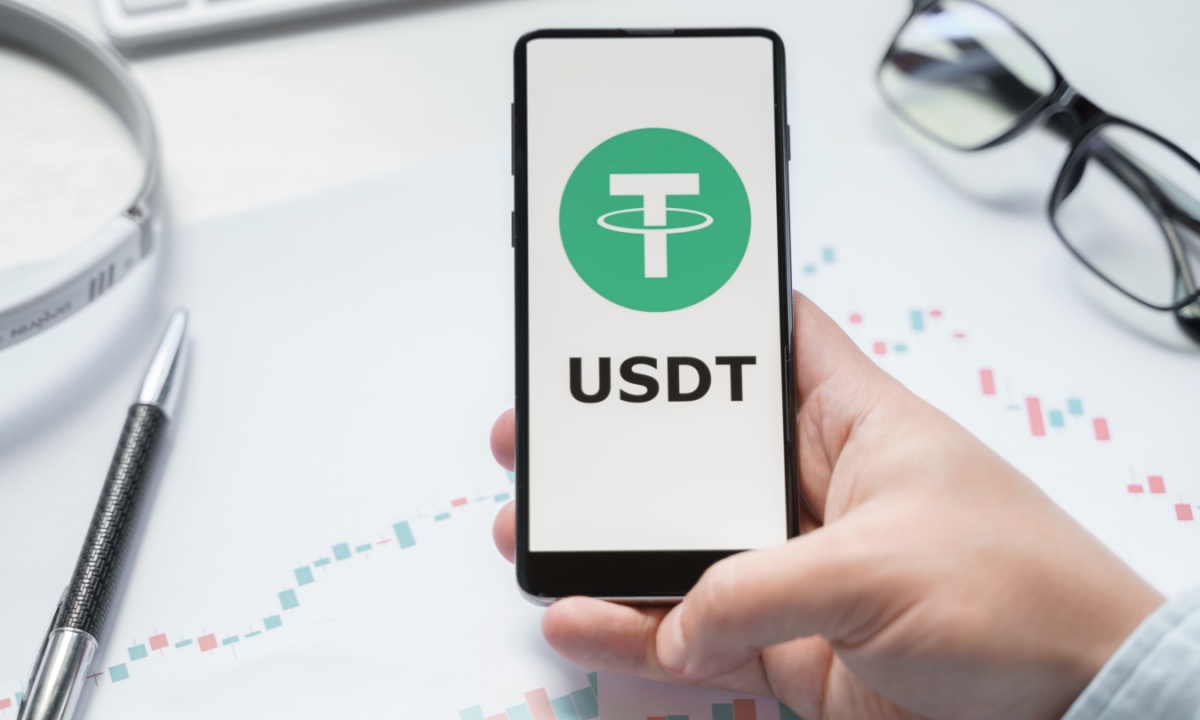
Predictable Enterprise Payroll: Companies can disburse payroll in USDT on Stablechain, benefiting from transparent, fixed transaction costs and rapid settlement, which is critical for cross-border teams and contractors.
-
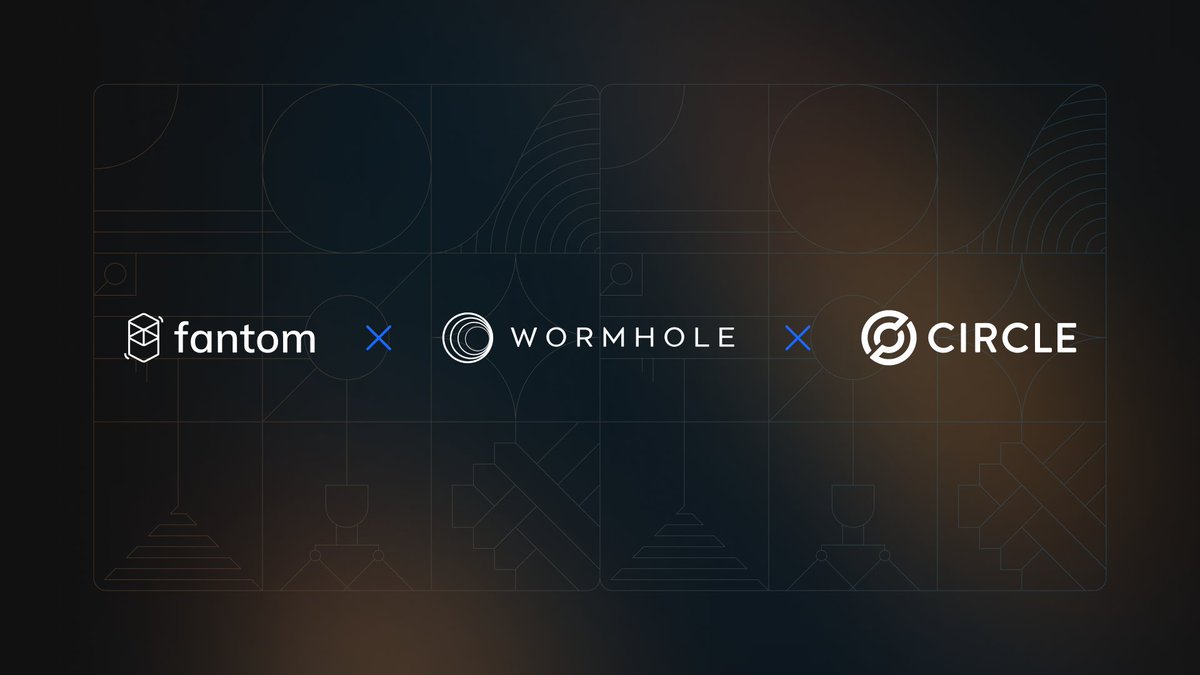
Global E-commerce Checkout: Online retailers can offer USDT payments on Stablechain at checkout, providing customers with a stable-value payment option and faster order processing compared to traditional card networks.
For example, a freelancer working with international clients can now receive payments in USDT directly to a Stablechain wallet, convert to fiat instantly via a stablecoin offramp, and avoid unnecessary currency conversions or delays. Similarly, decentralized finance (DeFi) protocols can leverage the high throughput and low cost of these networks to enable new financial products that were previously unfeasible on legacy chains.
Looking Ahead: The Future of Crypto On/Off-Ramps
With the ongoing maturation of stablecoin infrastructure, we are likely to see further specialization among Layer 1 blockchains catering to different use cases and regulatory environments. The focus on user privacy, instant settlement, and minimal friction is set to become the standard rather than the exception. As more global fintechs and payment providers integrate stablecoin onramp and offramp solutions, users will benefit from a more unified experience across both crypto-native and traditional financial platforms.
Ultimately, USDT-native blockchains like Stablechain are not just technical innovations; they represent a fundamental shift toward a more accessible, efficient, and user-centric financial ecosystem. As adoption grows and infrastructure matures, these platforms will serve as critical bridges connecting digital assets with real-world utility.






